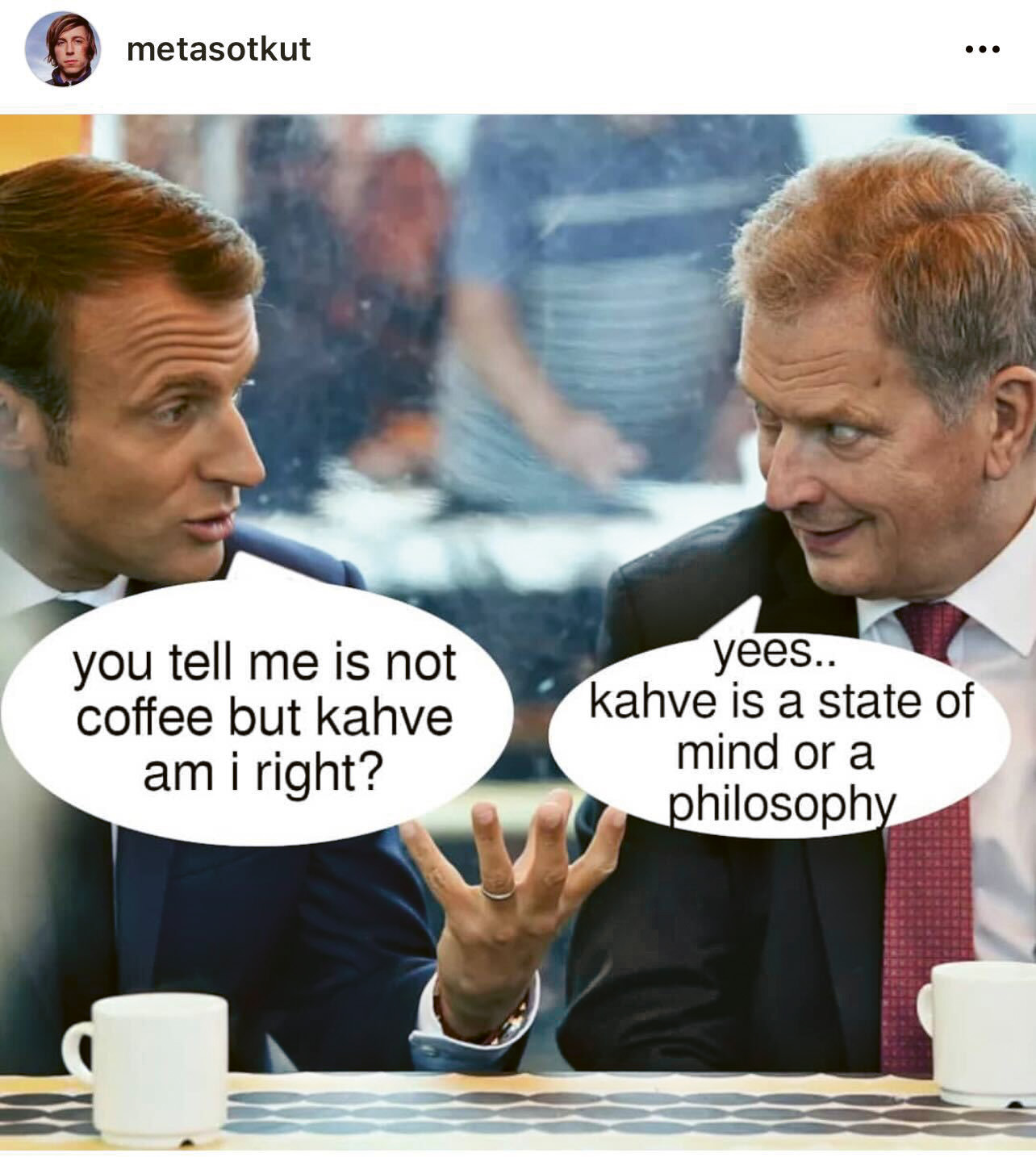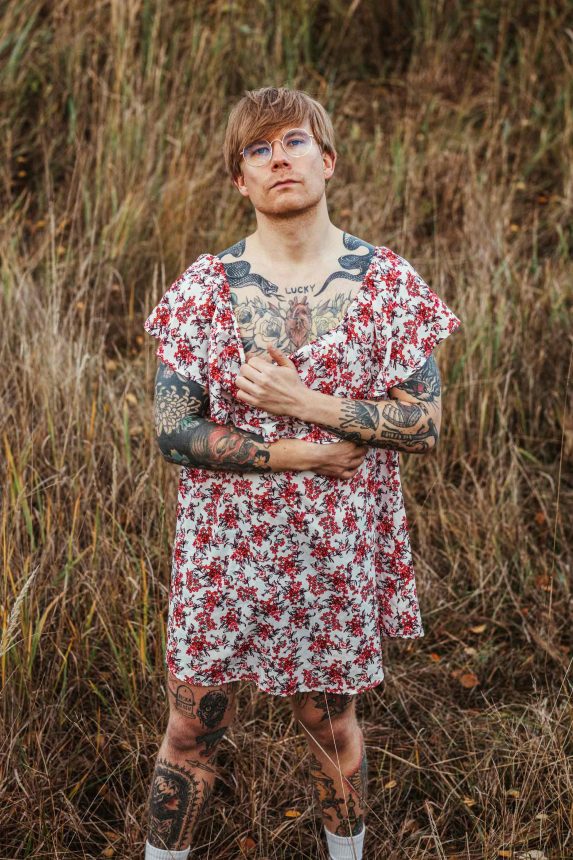
A Brief History of Memes – From Ancient Mass Hysteria to a Microdosed Participatory Culture
Memes are everywhere. Just think about Elon Musk and Free Britney. Meme stocks, meme elections, meme movements. And although we’ve actually always (surprised?) had them, they still seem like a novel concept. Let’s have a little stroll through the memeverse and see, what has actually changed when memes went digital – or has anything, really?
Memes are cultural genes
In 1976 evolutionary biologist Richard Dawkins introduced the concept of a cultural gene and coined it as a meme – a cultural and communicative unit that replicates from person to person, just like genes do. A meme could be an idea, a behavior or a style that for various and often mysterious motivations gets imitated in our humankind.
Dawkins’ approach got a lot of hype (and dispute) in the academic community and became a thing in psychology, philosophy, anthropology and folklore. Scientists got interested in how ideas jump from one mind to another and how hosts of these memes spread them forward.
Old memes were pushed top-down
Actual memes are as old as our civilization and can live forever – or at least for centuries. Think of beauty marks, for example. In Ancient Rome, people didn’t really dig pimples and moles on their faces, so the upper class decided to paint them as beauty marks and make up metaphorical meanings for them. Boom. Viral meme was born as everyone in Rome started copying this behavior. Same thing was trending in Victorian England – lead-based beauty products were causing some pimple-popping, so the elite painted shapes over them and the masses followed.
A century and some decades later we went bananas on Marilyn Monroe’s and Madonna’s (fake) beauty marks. Some fell in love so badly they wanted a ‘Madonna’ piercing on their lip-cheek corner. And as the beauty spot appreciation has now gotten more natural and inclusive lately, we still tend to love perfectly imperfect beauty spots on otherwise spotless faces.
If emperors, royals, and queens of pop have had the muscles to spread memes so have advertisers, politicians and media institutions. During the roaring 1920’s women in the States got the right to vote and first wave feminists were fighting or more equality.
That’s when infamous public relations and propaganda pioneer Edward Bernays got a brief from Lucky Strike – they wanted more women puffing cigarettes. Drinking and smoking was booming at the time, but smoking culture was only for men – ladies’ public smoking was a taboo. So, it was time to capitalize on social progress by introducing the PR stunt of the century: “Torches of Freedom”.

The meme fiction award 2021
Memes are mental microdoses
Currently, the meme spread is happening at a crazy pace and the lifetime of one single meme has gone short. But does any internet meme really get the meme status that Dawkins described almost fifty years ago?
The thing is, internet memes as a culture have become a meme itself. In this culture, memes can also be just pure pleasure. They can be absurdly hilarious, random dopamine bumps we use to smoothen our daily grind.
Memes can be a mood. Mood that gets instantly replicated in our brain, a mood that our minds want to imitate. They can encourage and empower us on a level that is hard to describe. They can show that we’re not the only ones with random, stupid-ass problems, struggling with thoughts. They can simply tell us that some of our worst traits are actually quite okay, universal and nothing to be too anxious about.
And yes, they can make us feel personally attacked, but in a good way. They can teach us some self-irony and reflection skills. They can teach us about cultures, subcultures, and people in them – constantly searching for the right tone in taboo topics.
Memes discuss the roles of the joker and the ones being laughed at, describing how the tone changes when the view changes. Memes represent minority life, middle class life, love life. In full spectrum. They can romanticize nostalgia and slide into our childhood memories and make us reflect them. Most importantly, memes can validate us. Make us understand the universal factors we share as humankind and appreciate our nuanced differences. They make us feel connected to something.
Modern memes don’t change our minds overnight like old memes could have done. They change our behavior and attitudes subconsciously, over time. This is obviously the possibility – and danger – of memes and social media content in general. While they can be used as a weapon, in their core they represent networked humanity and ever-evolving social discourse. That’s why we should be happy microdosing them – and making us more whole, understanding, and connected.



